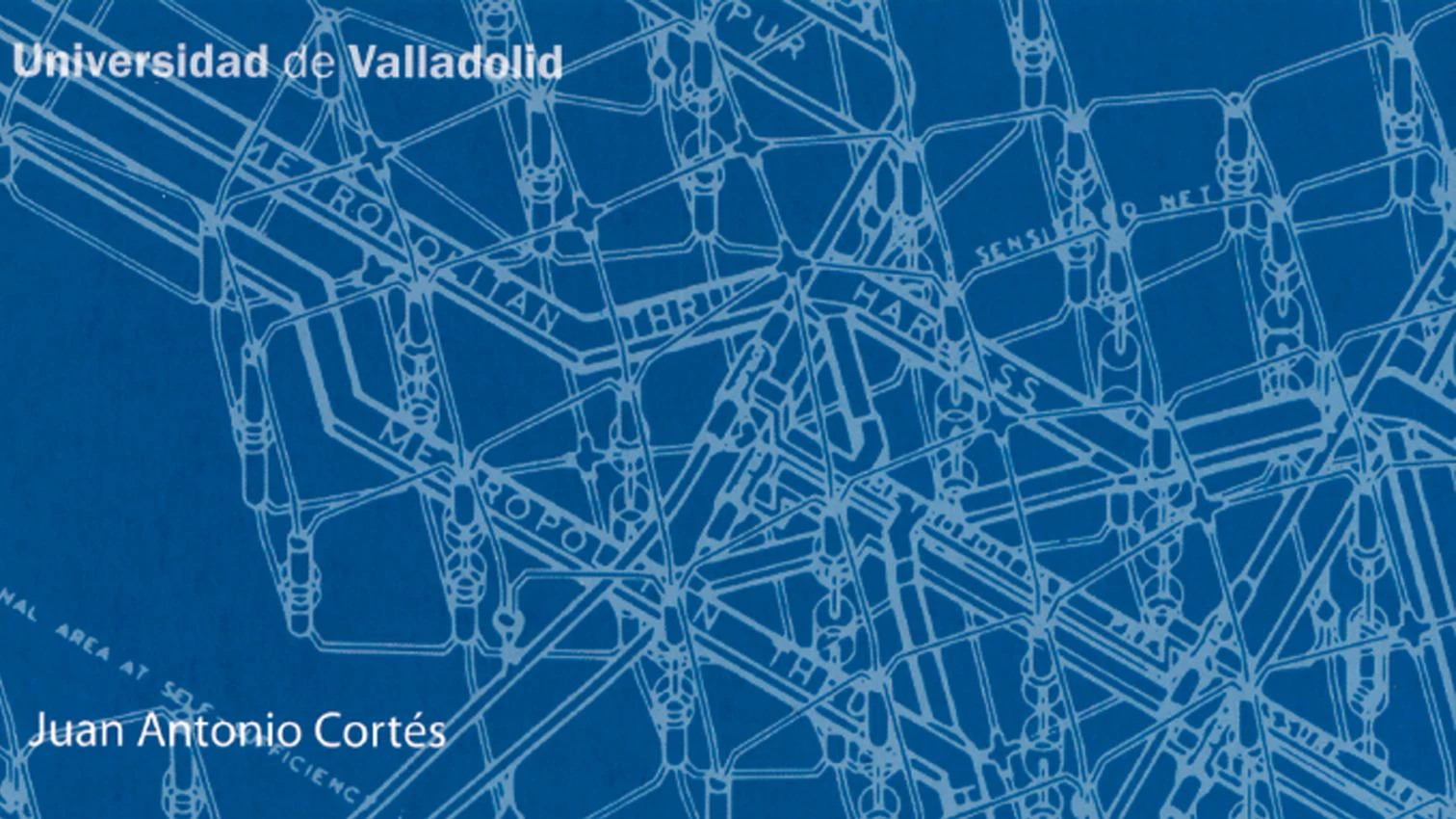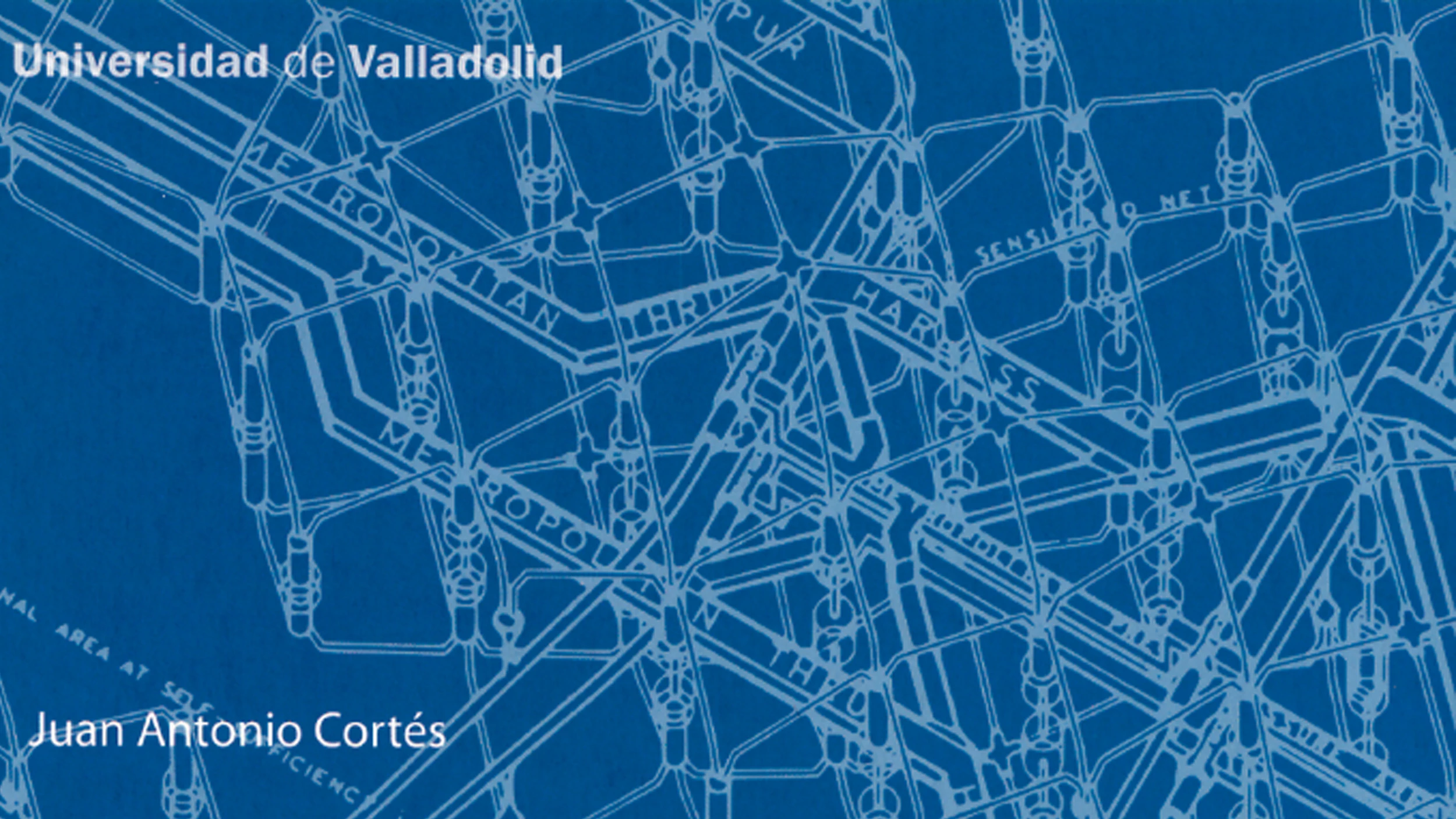
Architects always needed to subject the design process to a certain order. That modern architects did too is shown in this brief but intense look at a compositional strategy widely used in the 20th century: the grid. With his usual rigor the author dissects ways of using it, beginning with its non-inclusion in Allen’s taxonomy of composition strategies. Five decades are covered, going from the search for open plans in Mies and Le Corbusier to the creation of 3D networks tied to new information/communication systems, through Kahn’s capacity to build dwellings upon the grid and the materialization of buildings and infrastructures as solidifications of it.
If in the early avant-gardes the grid was used in a purely experimental way, after World War II it became a widespread answer to the need for repair and order. The book analyzes Van Eyck’s Amsterdam Orphanage, with its two grid levels, incomplete at ground and complete at roof level; Hertzberger’s Apeldoom, the result of a process based on warps and wefts; and the Free University of Berlin, by Candilis, Josic, Woods, and Schiedhelm, a ‘mat-building’ that structures the city through grids on several levels.
Cortés previously delved into architectural construction of space and the tensions and connections therein. Now he studies the plane or floor plan and intuits a transfer of action from grid to space. Intended as a tool (recommendable to students and architects), the book reflects the author’s orderly thinking and his desire to write with precision and thoroughness.







